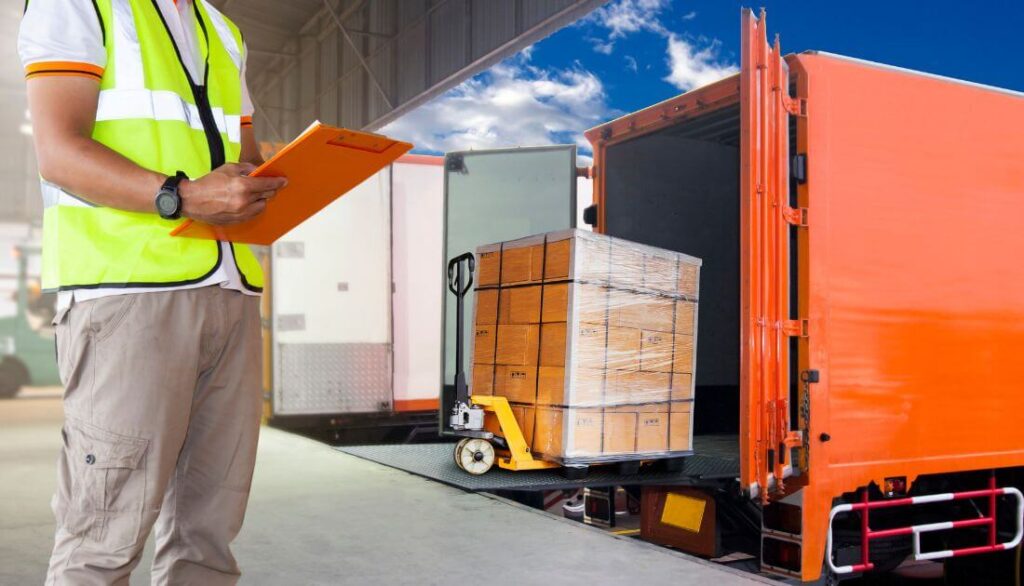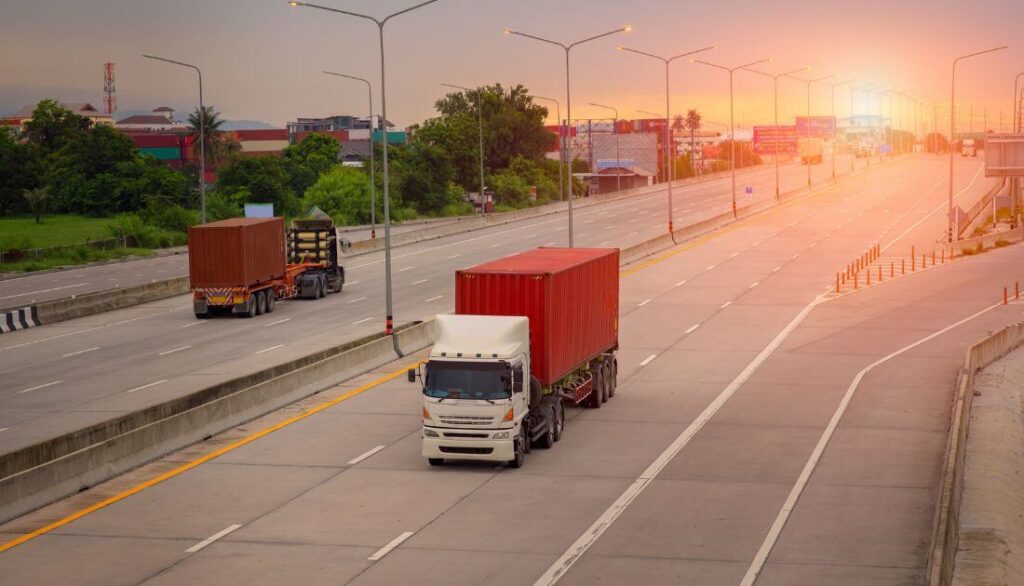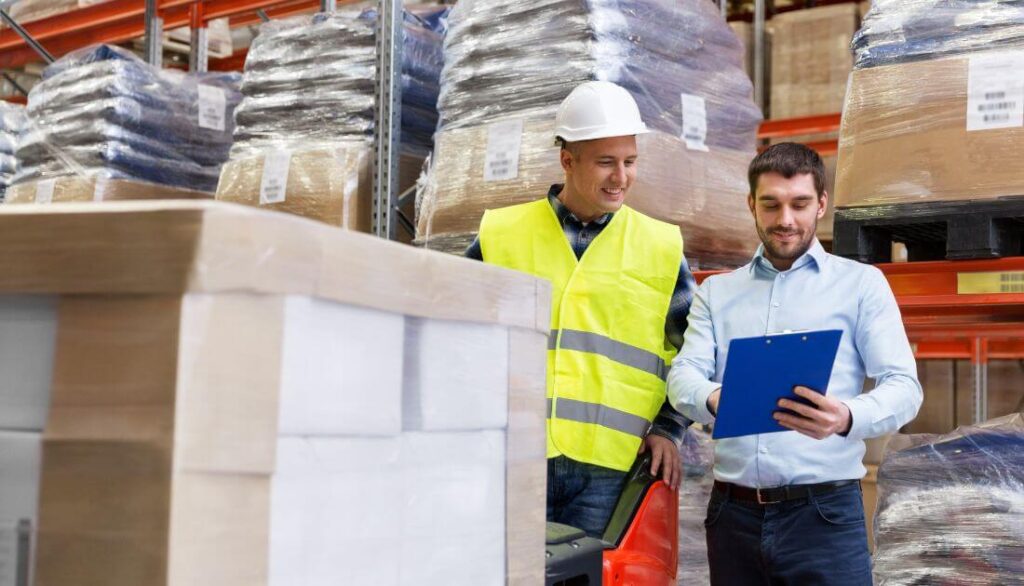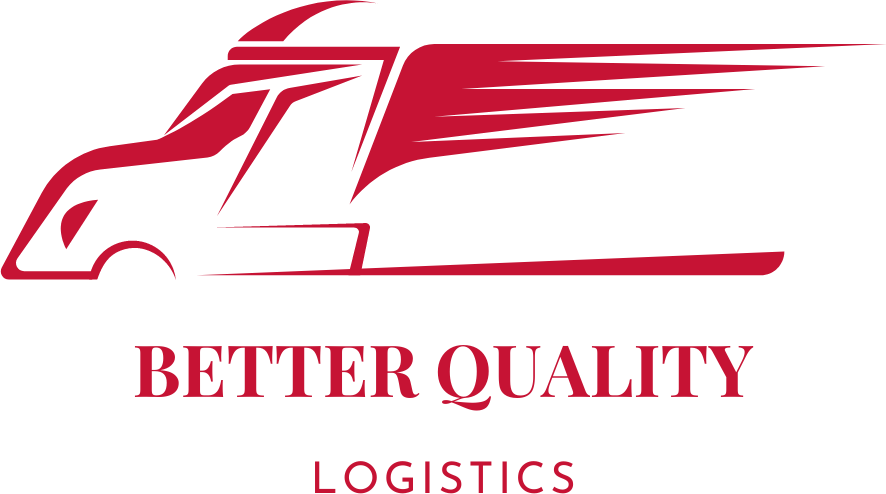Do you want to gain proper knowledge about reverse logistics? If your answer is yes, then this article is important for you because here we will discuss what is reverse logistics, the types of logistics involved, process steps, benefits, challenges, examples, and how you can improve your business value using reverse logistics. You will also learn more tips for succeeding in reverse logistics.
In this article.
- Example of reverse logistics.
- Types of reverse logistics.
- Process of reverse logistics.
- Importance of reverse logistics
Definition of Reverse Logistics
When a manufactured product typically moves through the supply chain network to the customer, reverse logistics also involves any process or handling after the product is delivered, because the customer returns the product if it is defective.
However, the manufacturing company will then ship the defective product, test it, repair the breakage, and use the full batch. So reverse logistics is a type of supply chain management that moves products from customers to vendors or manufacturers. Once a customer has purchased a product, reverse logistics are required to return it.
Reverse logistics starts from the end consumer and moves backward through the supply chain to the distributor or manufacturer. The reverse logistics process involves the end after being returned by the consumer, the product may be disposed of, recycled, or resold.
Reverse logistics is sometimes also known as “aftermarket supply chain,” “aftermarket logistics,” or “retrologistics.”
Read more: Understand Everything about Logistics

Example of Reverse logistics
Companies around the world are successfully implementing reverse logistics, even changing the way they handle shipments. Examples of reverse logistics are return, exchange, and focusing on full use.
Let us learn from the examples of some companies that have successfully implemented the reverse logistics process and even profited from it.
H&M
It is a clothing brand. H&M accepts not only its own brand but also old clothes from other brands. Accepts all their fully used clothing.
However, the idea behind them is to connect people with their brand not just by selling clothes but also by selling their old clothes.
Apple
Apple is one of the companies that has successfully implemented reverse logistics, and Apple has made their manufacturing process environmentally friendly. And applied reverse logistics to gain their customers’ loyalty.
Apple manufactures various products like the iPhone, Macbook, etc., and sells these products in their stores all over the world, asking their customers to return their old Apple phones if they want to upgrade.
Even Apple takes old phones from users, discounts new phones, and uses parts from old phones in their factories to make new phones. Thus, they are not only making a profit but also making their products in an environmentally friendly way.
Amazon
One of the largest e-commerce websites is Amazon. Amazon is the leader in selling online, but e-commerce websites did not find it easy to gain the trust of customers in the early days.
So Amazon has started a free return and replacement policy if customers have a genuine reason to return the product under certain conditions.
Through various third-party vendors and assets, such as FedEx, Genco, and many other small vendors, they operate a reverse logistics process; thus, they gain the trust of their customers by providing them with high-quality full deliveries so that returns are low.
UPS
Another successful example of reverse logistics is UPS. They ask consumers to reuse the boxes used for shipping to reduce the impact on the environment.
Also, they run recycling services where they collect products that consumers don’t need and recycle or dispose of them properly.
Dasani
Another classic example is Dasani, which collects the pods it receives from its consumers and uses them in a variety of ways.
They also set up bins on school campuses in the United States. By disposing of their used bottles so Dasani can fully utilize and dispose of them properly, they are not only reducing overhead costs but also helping to reduce the negative impact on the environment.

Types of Reverse Logistics:
The types of reverse logistics are: return management, return policy and procedure, remanufacturing or refurbishment, packaging management, unsold products, end-of-service life, delivery failure, rental equipment, repair, and maintenance. The types are discussed in detail below.
Return management
The most common reverse logistics process returns management, deals with returns expected from regular customers and works tirelessly to enhance customer loyalty and brand image by always representing a hassle-free experience. In optimizing returns management, businesses are now leveraging image to video technology to create compelling content, elevating customer loyalty and enhancing brand image.
Return Policy and Procedure
This is a very important principle against which the customer measures his product returns. I think both employees and customers should follow proper rules regarding return policy and procedure;
however, the return policy should be visible to customers, and employees should also fulfill their responsibilities properly.
Remanufacturing or refurbishment
Another type of reverse logistics management is remanufacturing. Return goods repairs for resale by rebuilding or refurbishing This means that companies replenish reusable parts and reassemble products to fix and clean broken parts.
Packaging management
In terms of the packaging management process, companies are expected to use returnable product packages appropriately, reducing waste and even the cost of new packaging. Reuse packaging to save.
Unsold products
In the event that some products are not sold, they are returned from the sales center to the manufacturers. Products are usually returned due to refusal of delivery due to poor sales or other reasons.
End of service life
Some products must be returned to manufacturers at the end of their useful lives so that they can dispose of them in an appropriate environmental manner.
Delivery failure
If the products cannot be delivered, they are sent back to the companies or the manufacturer for competent agencies to resolve the problem and eliminate delivery failures through reshipment.
Rental equipment
Rented or leased products are returned at the end of a specified period and sent back to the manufacturer for disposal or reuse.
Repair and Maintenance
Many consumers, such as in the case of electronics that require repair, return the product for repair. Companies repair products and ship them back to consumers. Because electronics products have warranties, companies perform their work accordingly.
Process of Reverse Logistics
The reverse logistics process is the return from the final destination to the supplier. Generally, products that are defective are returned to the seller. Logistics plays an important role in reducing company costs, recapturing lost revenue, and improving customer service.
The reverse logistics process is completed in five steps.
Process the return
When a consumer wants to return an item, there is a process to go through, such as identifying the condition, scheduling the return shipment, issuing refunds, and providing defective replacements.
Deal with returns
When a product is returned, track its location process and determine the return category. Sort the products into disposition options: resell as new, fix, resell as return, use up, or refurbish.
Keep the return running
Send repairable items to the repair department to reduce your daily expenses.
Repair
Review the returned item, then decide if it can be repaired. If it can be repaired, quickly transport it to the repair area. If repair is not possible, sell the salable parts.
Recycle
Any parts or products that you can repair or resell should be sent to a recycling area.

Importance of reverse logistics
In addition to resulting in cost savings, reverse logistics also benefits your company’s brand image.
A consumer wants to return a defective item. Having reverse logistics for such a two-way operation is very pleasing to customers and will avoid criticism of your business policy online. An effective, reliable, and experienced reverse logistics provider plays a vital role in the company’s success.
Advantages of Reverse Logistics
Reverse logistics has many advantages for companies:
- Decrease in price.
- Good customer retention.
- Fast and advanced service.
- Damage is reduced.
- It is an enhanced brand sentiment.
- Reduced wear and greater durability.
- Customer satisfaction is achieved
Conclusions
In the business world, there are many essential elements that make the business run smoothly. One of the important aspects is reverse logistics. I hope that after reading this article very carefully, you have gained all the knowledge you need about reverse logistics, including types, methods, and examples.
Why Successful companies are applying the reverse logistics process to sustain their success, now it is easy for you to analyze how you can apply this reverse logistics process in your business.
